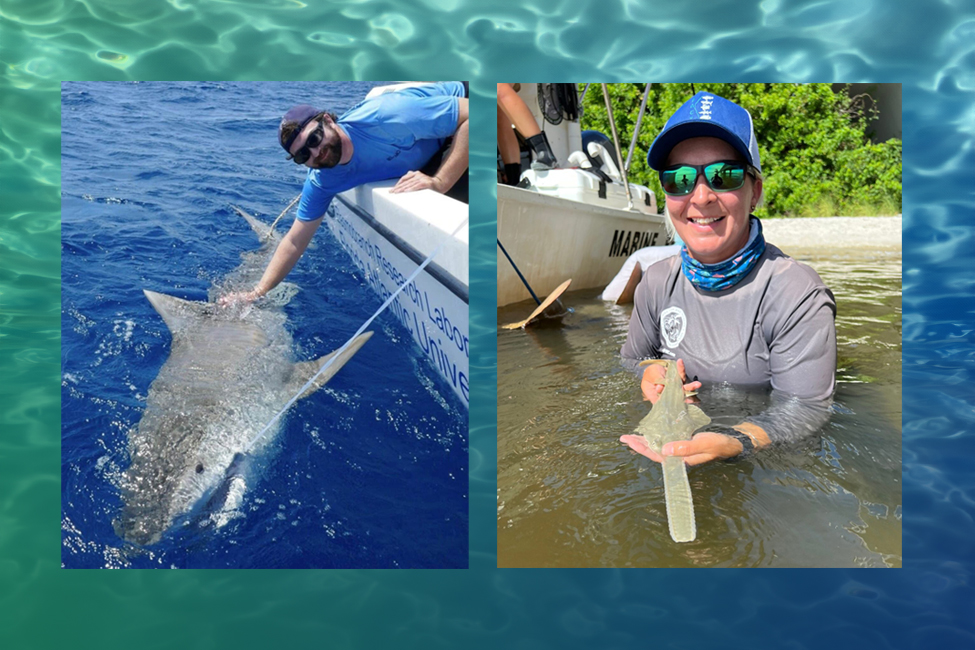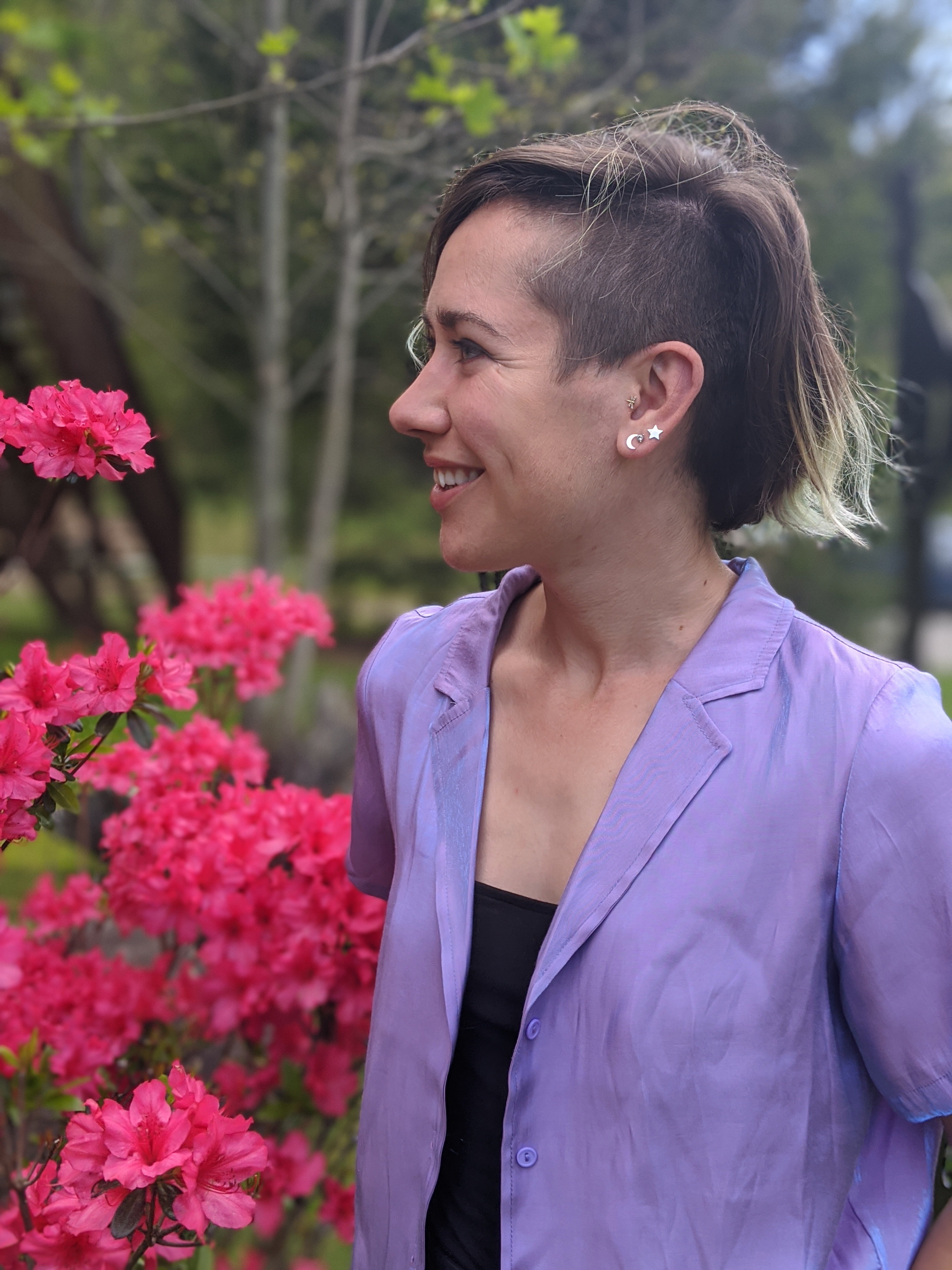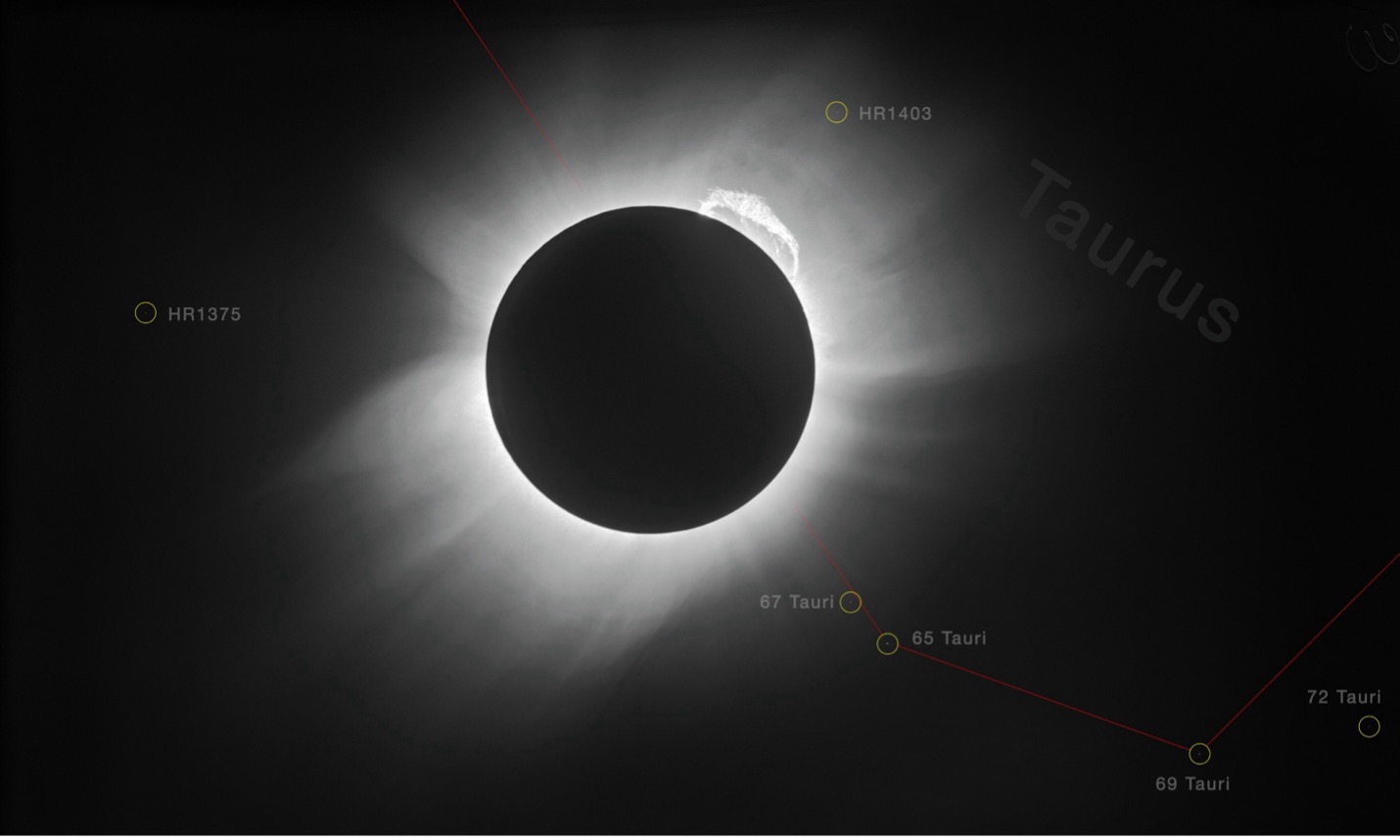SCIENCE
News in English

The winding tour goes on through 13 more places around the world where specially named winds blow across land, water, mountains, cities, deserts, and snowy expanses. Short lines of poetry flow down picture book pages to terse explanations. Geographic locations of the listed winds are shown as numbers on a circular globe, and there’s a glossary and short bibliography of related children’s books.
#SCIENCE #English #AU
Read more at News Letter Journal
#SCIENCE #English #AU
Read more at News Letter Journal

The New Mexico Museum of Natural History & Science has been awarded reaccreditation from the American Alliance of Museums (AAM), an industry-wide “gold standard” that a small fraction of museums across the country have received. Accreditation through AAM offers high profile, peer-based validation of a museum’s operations and impact. Just over 1,100 of the approximately 35,000 museums nationwide are accredited.
#SCIENCE #English #JP
Read more at Los Alamos Daily Post
#SCIENCE #English #JP
Read more at Los Alamos Daily Post

Pacific Science Center (PacSci) presents its new exhibit Pollinator Path to the public today. The exhibit encourages visitors to reflect on the intertwined and cyclical relationship between plants, pollinators, animals, and themselves. Pollination Path is important because it centers Indigenous stories that have been told in and outside of the Pacific Northwest," said Owen Oliver.
#SCIENCE #English #JP
Read more at PR Newswire
#SCIENCE #English #JP
Read more at PR Newswire


Researchers created a never-before-seen four-atom molecule at 134 nanokelvin, or just 134 billionths of a degree above absolute zero. Ultracold systems are crucial to understand quantum behavior because quantum mechanics, the rules governing subatomic particles, dominate at low temperatures. These setups also let scientists precisely control the energy of particles to create quantum simulations, which model other quantum systems with physics we don't fully understand.
#SCIENCE #English #HK
Read more at Livescience.com
#SCIENCE #English #HK
Read more at Livescience.com

The Guy Harvey Fellowship selects up to eight outstanding undergraduate and graduate scholars at Florida colleges and universities. Zeke Tuszynski and Sarah Webb each received a $5,000 research stipend and a certificate personally designed and signed by world-renowned marine wildlife artist, conservationist and Chair Emeritus, Dr. Guy Harvey.
#SCIENCE #English #TW
Read more at Florida Atlantic University
#SCIENCE #English #TW
Read more at Florida Atlantic University

Lasers work by making energetic particles vibrate, or "oscillate,' meaning the peaks and troughs of light waves they emit all line up. The fundamental physics behind laser technology have been known for more than a century; the theory was first proposed by Albert Einstein in 1917. But it would take nearly four decades to bring these theoretical ideas to life.
#SCIENCE #English #CN
Read more at Livescience.com
#SCIENCE #English #CN
Read more at Livescience.com

Women in Science and Engineering students spent two Saturdays at BNL completing hands-on activities with scientists from the lab’s Physics Department and the Nuclear Science and Technology Department. Students also explored the engineering applications of nuclear physics with Andrea Mattera, an associate physicist.
#SCIENCE #English #BD
Read more at Stony Brook News
#SCIENCE #English #BD
Read more at Stony Brook News

Penn State Wilkes-Barre hosted the Northeast Regional Science Olympiad on March 6. Students compete in intramural, district, state and national tournaments as part of the event. Teams of 15 students are challenged by events in STEM (science, technology, engineering and math) fields.
#SCIENCE #English #EG
Read more at Penn State University
#SCIENCE #English #EG
Read more at Penn State University

In 1919, two British scientists conducted an experiment intended to verify Albert Einstein’s controversial theory of general relativity. This physical theory proposed the universe is four-dimensional and that massive objects like the sun actually warp the very fabric of spacetime. In fact, Eddington realized that during a total solar eclipse, the moon blocks the sun’s light, allowing stars near the sun to be visible.
#SCIENCE #English #LB
Read more at The University of Texas at Austin
#SCIENCE #English #LB
Read more at The University of Texas at Austin